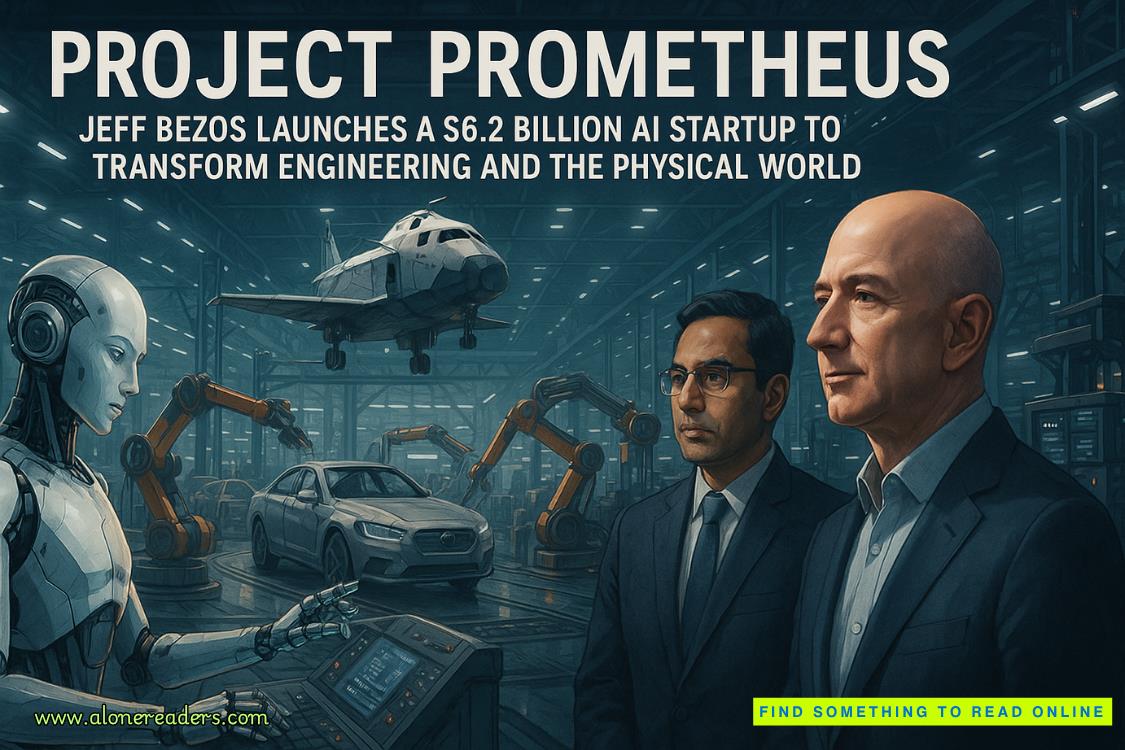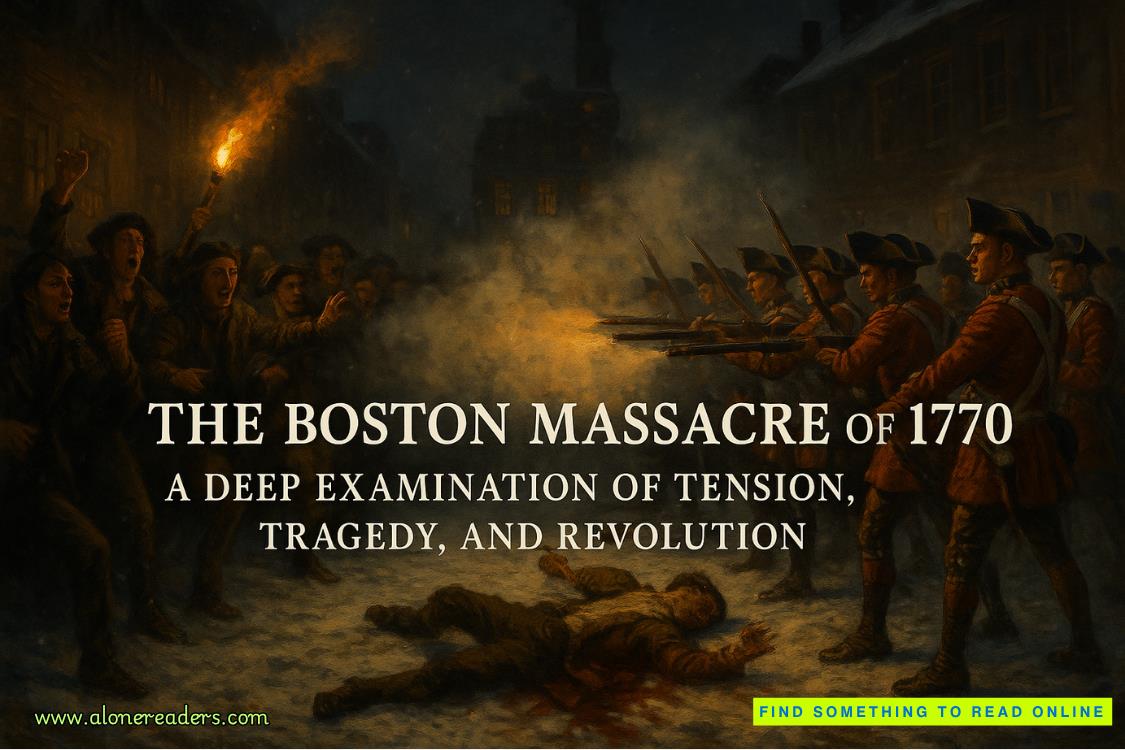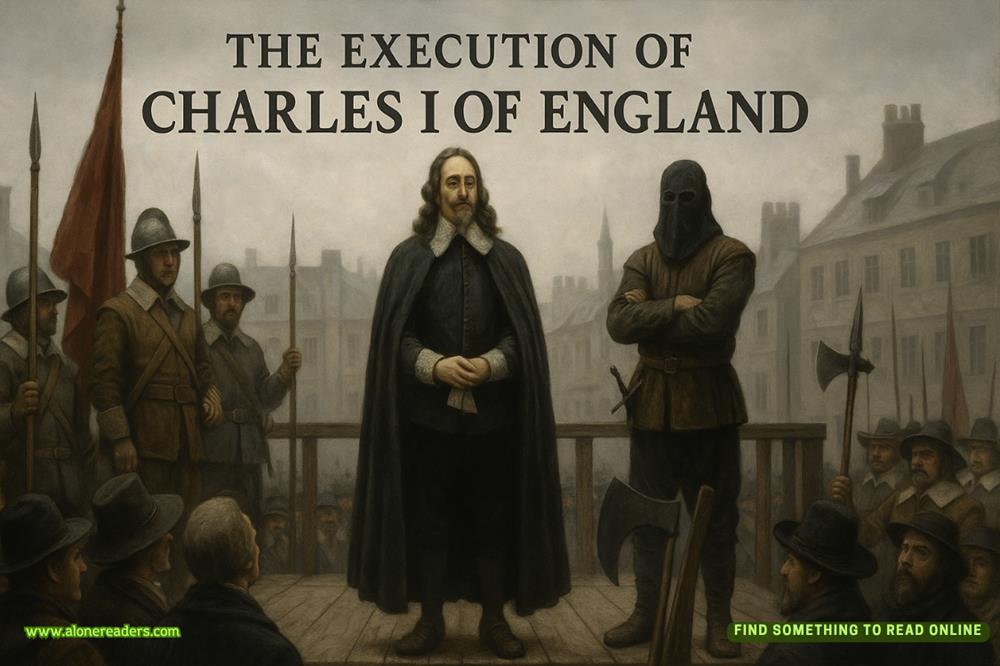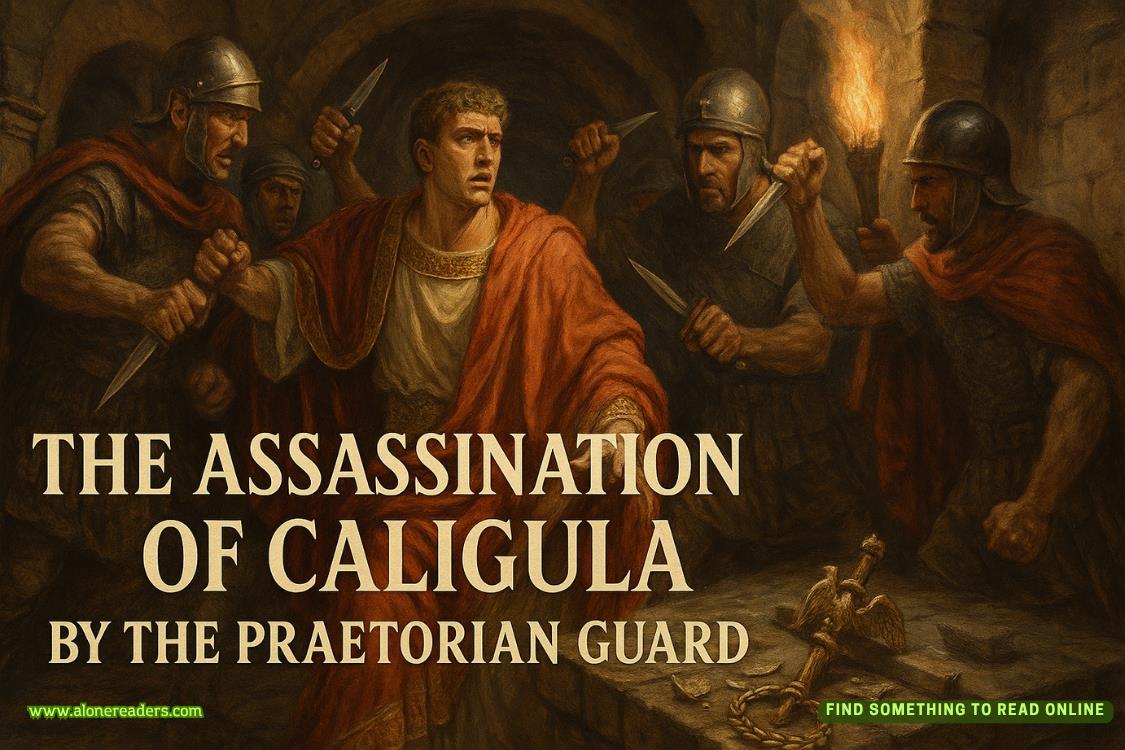Page 56 of Unnatural Death
As I’m listening, my mood is worsening, the thought of who we’re talking about surreal and enraging. I won’t be distracted by her. I won’t give her my emotional energy. Even as I’m telling myself this my fury borders on the homicidal, and I resent anyone having that much power. I try very hard not to hate. It disturbs me that I can imagine putting a bullet in Carrie Grethen’s head.
I was beyond relieved when I heard she was dead. It was like finding out a terrible scourge had come to an end, and I felt no remorse about injuring her badly, permanently. I’d come home to discover her in the backyard with Dorothy and nine-year- old Desi. There wasn’t time for me to get my gun, and I regret that I wasn’t able to end Carrie forever.
“… She doesn’t have to be here to cause tremendous destruction and chaos,” Benton explains. “She has boots on the ground …”
Just the thought of her pulls at my very soul, and I’ll take up all of this with Lucy and Benton in private when I see them. We’ll have to talk about how we live going forward. But for now, I must focus on what’s in front of me. I tell Marino we need to get started on the female victim, and he leaves the autopsy compartment, making his way back to the cooler.
* * *
“I don’t know how many of you have witnessed a postmortem examination,” I say to our remote audience, and several heads nod affirmative.
I explain that what they’re about to see isn’t for the faint of heart. It’s important not to fixate on any single detail of what I’m doing. I begin giving them a quick primer about what to look for and how to prevent getting sick or fainting.
“If you find yourself staring too long at any one thing, avert your gaze,” I’m saying. “The trick is not to fixate while keeping your mind on the reason for all this. It’s not about the gore. It’s about finding the answers.”
By the time I’ve outlined what to expect, Marino is bumping and clanging his way through the airlock. He rolls in the stretcher, parking it next to the autopsy table. We put on our respirators, from now on talking through rubbery speaking diaphragms.
“First what I need to do is draw blood from both victims,” I explain to our remote audience as images of Carrie flash disturbingly in my head.
Old files reopen in my memory, one after the next. I can’t make them stop. I never could while I knew she was alive. My first impression of her was shadowed by something I couldn’t identify at the time. When we met, she was willowy tall and gracefully pretty in a lab coat, her chair pulled up close to Lucy in front of a computer screen.
My niece was barely out of her teens when she got involved with Carrie, and I realized the truth early on. I spotted them passing a lighted cigarette back and forth, intimately talking in quiet voices. This was after dark in the academy’s picnic area, and I slipped away before they saw me. Or I assumed I did, but that’s not what I believe anymore.
Carrie wanted me to know about the two of them. She made sure I did, her every action intricately calculated. I continue to blame her for seducing Lucy while exposing her to the darkest of energies. I suppose I’ve held Carrie responsible for every bad thing that’s ever happened to my niece.
“Rapid test DNA can give us results in less than two hours,” I hear myself explaining. “But the profiles won’t help if we have nothing to compare them to. I’m hoping investigators have collected potential sources from the Mansons’ home, for example. Such as their toothbrushes, their clothing.”
“Your DNA lab has what we found inside their Nokesville farmhouse,” Bart answers. “I remind you that the Mansons hadn’t been arrested yet. Their fingerprints and DNA aren’t in law enforcement databases.”
But that doesn’t mean investigators such as Lucy didn’t get the evidence other ways. She’s the sort to tail a suspect, waiting until the person discards a coffee cup, a food wrapper, a cigarette butt, a vape cartridge.
“Hopefully, we’ll be able to confirm identifications quickly,” Benton says as Marino unzips the double pouches.
I pick up the large syringe from the cart. The dead woman’s legs are cold and stiff through my gloves, and she’s difficult to manipulate. Inserting the needle into the upper inner thigh, I’m pretty good at finding the femoral artery on the first try. Blood no longer oxygenated is dark red as I fill a test tube preloaded with a fluoride preservative. I place it inside a cardboard mailer for safe transport.
I explain to those watching that this might be a good time for them to take a break. Changing my gloves, I pass through the airlock, returning to the cooler where the male victim awaits cocooned in his body bags. Unzipping them, I draw a tube of his blood that I label and box like the other one. These go inside the vestibule’s evidence refrigerator, and every reflection on shiny metal, every sound startles me.
I’m jumpy as hell, expecting Carrie to suddenly appear out of nowhere, and I’ve not felt like this in seven years. I worry what damage she’s caused during the interim as my thoughts continue drifting back to what happened to Lucy’s family. What if her partner Janet and their son Desi didn’t die from COVID as we’ve been led to believe? What if they were poisoned or killed by some other means, and I wasn’t told the truth about that either?
Deconning again, I return to the autopsy compartment. I remind everyone that Marino and I don’t have our phones.
“We’re unable to contact our labs or anyone.” I direct this at the video screens as people return to the conference table with coffee and bottles of water.
I tell them that someone needs to alert Clark Givens. The tubes of blood are waiting in the vestibule refrigerator, and he has the codes for getting inside the trailer and collecting them. He needs to do this right away. The sooner we can confirm the victims’ identities, the better.
“Also, Henry Addams of Addams Family Mortuary should be notified that the bodies are here. He’ll be called when they’re ready for pickup,” I’m saying.
“We’ll take care of it,” Benton promises.
“Normally, I would draw vitreous fluid from the eyes.” I work my hands into a pair of fresh gloves. “It tells you whether the drug and alcohol levels were on their way up or down at the time of death. It’s the most accurate measure of how impaired someone might have been at the time of death. But that won’t be possible with the female victim because of damage done by aquatic life.”
“Consider yourselves lucky,” Marino tells everyone “It’s no fun watching a needle being stuck in someone’s eye even if they’re dead.”
“Sexual assault is unlikely in this case.” I retrieve a physical evidence recovery kit, a PERK, from a cabinet. “But I’m not about to make assumptions. What I’m going to do now is swab her orifices, clip her fingernails, checking for evidence that might be from an assailant.”
Opening the box, I remove the PERK’s contents, a simple black plastic comb, swabs, test tubes, small paper bags, fingernail clippers. I also rely heavily on Post-its. Their adhesive backing is ideal for collecting hairs, fibers and other trace evidence. Arranging everything on the paper-covered countertop, I walk my audience through the process.
I explain the same way I do when it’s a demo autopsy for rookie cops. Peeling the wrapper off a plastic speculum, I put on a lighted magnifier headset. I sense the discomfort of those watching as I swab orifices while checking for any sign of recent sexual activity, consensual or otherwise.















